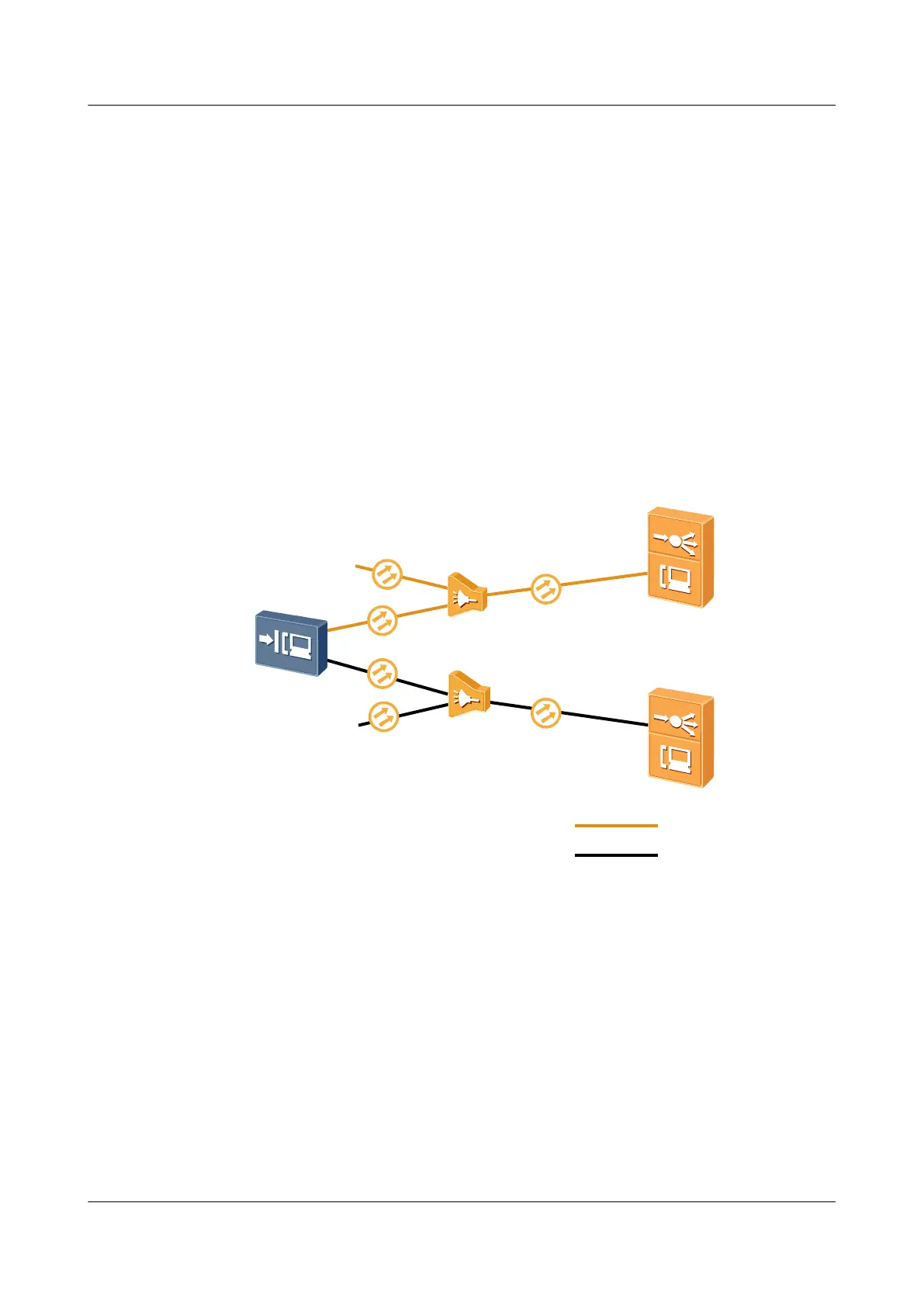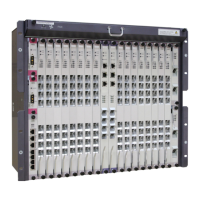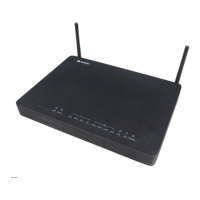Figure 12-17 shows the networking diagram for the Type C dual homing protection. Two
PON ports on different OLTs, two PON ports on an ONU, two backbone optical fibers,
two optical splitters, and two tributary optical fibers are configured to implement this
protection. The difference between this protection scheme and the Type C single homing
protection scheme is that the ONU needs to be dual homed to two OLTs in this protection
scheme.
The models and versions of main control boards on the active and standby OLTs must be
the same. The models and versions of GPON boards on the active and standby OLTs also
must be the same. Data on the active OLT cannot be automatically synchronized with that
on the standby OLT. Therefore, data synchronization between the active and standby OLTs
must be manually ensured.
This protection scheme can be configured for only the Ethernet QinQ private line service.
It does not support TDM services, including Native TDM and SAToP.
Figure 12-17 Type C dual homing protection
Active OLT
ONU
Splitter A
Active
Standby
Splitter B
Standby OLT
As shown in the preceding figure, Type C dual homing protection is configured for two
OLTs (huawei_A and huawei_B).
– huawei_A is the active OLT while huawei_B is the standby OLT.
– The ports on the service boards on both OTLs are 0/3/1.
– The dual homing protection group ID is 1.
– The ONU ID is 1.
– The ONU is authenticated by serial number (SN). The SN of the ONU is
32303131B39FD641 and the management mode is SNMP.
– The ID of the line profile bound to the ONU is 10.
Configurations on the active OLT huawei_A:
huawei_A(config)#interface gpon 0/3
huawei_A(config-if-gpon-0/3)#ont add 1 1 sn-auth 32303131B39FD641 snmp ont-
SmartAX MA5600T/MA5603T/MA5608T Multi-service
Access Module
Commissioning and Configuration Guide
12 FTTO Configuration(SOHO and SME)
Issue 01 (2014-04-30) Huawei Proprietary and Confidential
Copyright © Huawei Technologies Co., Ltd.
1246

